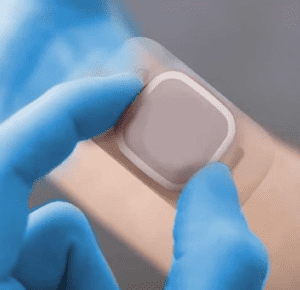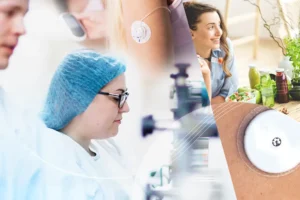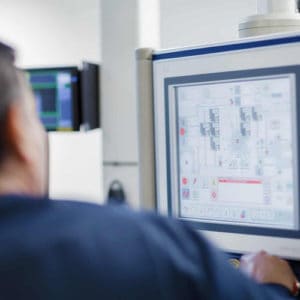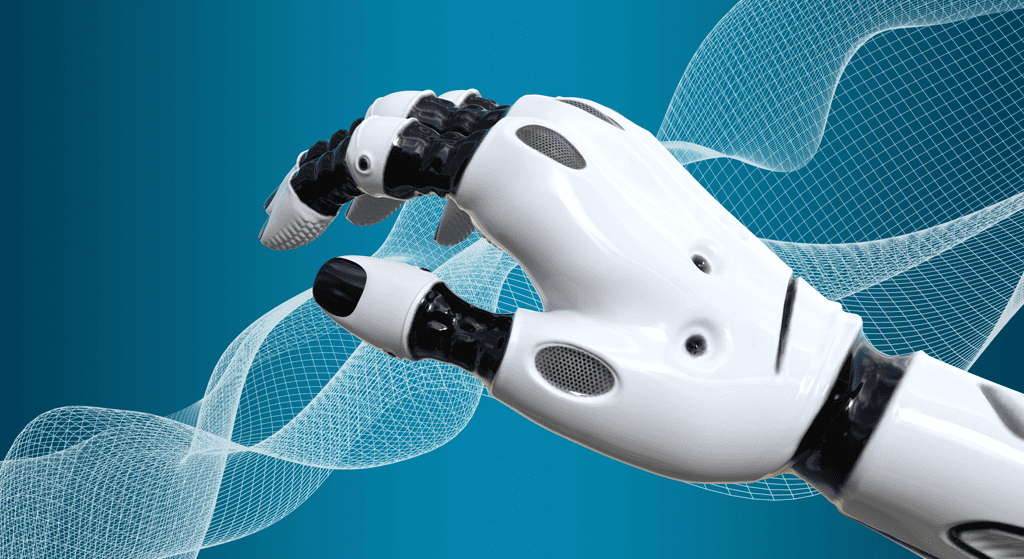What does the future of medical manufacturing look like? For that context, ask yourself what the perfect employee looks like – specifically from the perspective of an employer. They’d be punctual, have very few complaints, do their job speedily and efficiently, is reliable at their workplace, can take on new jobs with ease, and dedicates 100% of their energy to their job when they are in their workspace. Sounds pretty good, right?
And what if this employee also never took a sick day? What if they didn’t need to have a salary? What if they never took lunch or bathroom breaks? What if they could process information hundreds of times faster than a regular human being? What if they didn’t even need oxygen?
You’ve just stumbled into the realm of robotics.
If there is anything that we have come to understand about medical devices and equipment, it is that precision may be the single most important aspect of their production. Yes, sometimes these devices are little more than a tongue depressor, but oftentimes, with these devices, you are holding a person’s life in the balance.
This is where the precision of robotics or automation really comes to the forefront. Human beings are fantastic innovators, excellent workers, and inherently wonderful creatures. However, when you are dealing with devices that require superhuman levels of precision and are sometimes working on the microscopic level, an automated robotic system is sure to come in handy. Humans are always going to be needed to program the machines, ensure optimal functioning, and extrapolate the data derived from them, but when it comes to the actual manufacturing, there is no question that automation is the perfect solution.
In the 21st century, automation has come a long way from the assembly line. Robotic automation these days can incorporate a whole host of solutions, from the initial design through to manufacturing and even into the realm of distribution. Along with adaptability, automation processes ensure speed, accuracy, effectiveness, and programmability: products are created and manufactured at a high volume with exacting detail and reliable consistency in your product. For example, using automation, one can program the exact ratio of adhesive to coat the outside film of a product rather than relying on someone to ‘eyeball’ exactly how much goes on each device. Each device can be relied upon to have exactly the same specifications, every single time.
Robotic automation also functions at a high speed. While humans are excellent at processing and making quick decisions, asking them to perfectly process medical devices within milliseconds is literally impossible. Robots have no such qualms: program the process you want the machine to undertake, and it will quickly and efficiently get on with it, allowing a high volume of product to be produced much faster than a manual production line.
While some think that paying for an expensive automated machine will lock them into singular processes, it is actually quite the opposite. High-quality robotic machines designed for medical device manufacturing are known for their adaptability. Changing the processes and the output is as simple as giving an employee a new assignment.
The benefits of automation are obvious and the further we go in embracing this new robotic technology, strangely, the more human we can become. With less time spent on the minutiae of cutting and pouching and any other manual task on the production line, we find ourselves with more time to innovate solutions for the future of medical manufacturing. And isn’t that what a medical device manufacturer is supposed to do?
For the previous blog in this mini-series, which looks into the history of medical manufacturing, please CLICK HERE.
For the next blog in this mini-series, which looks into how to vet a potential medical manufacturing partner, please CLICK HERE.








